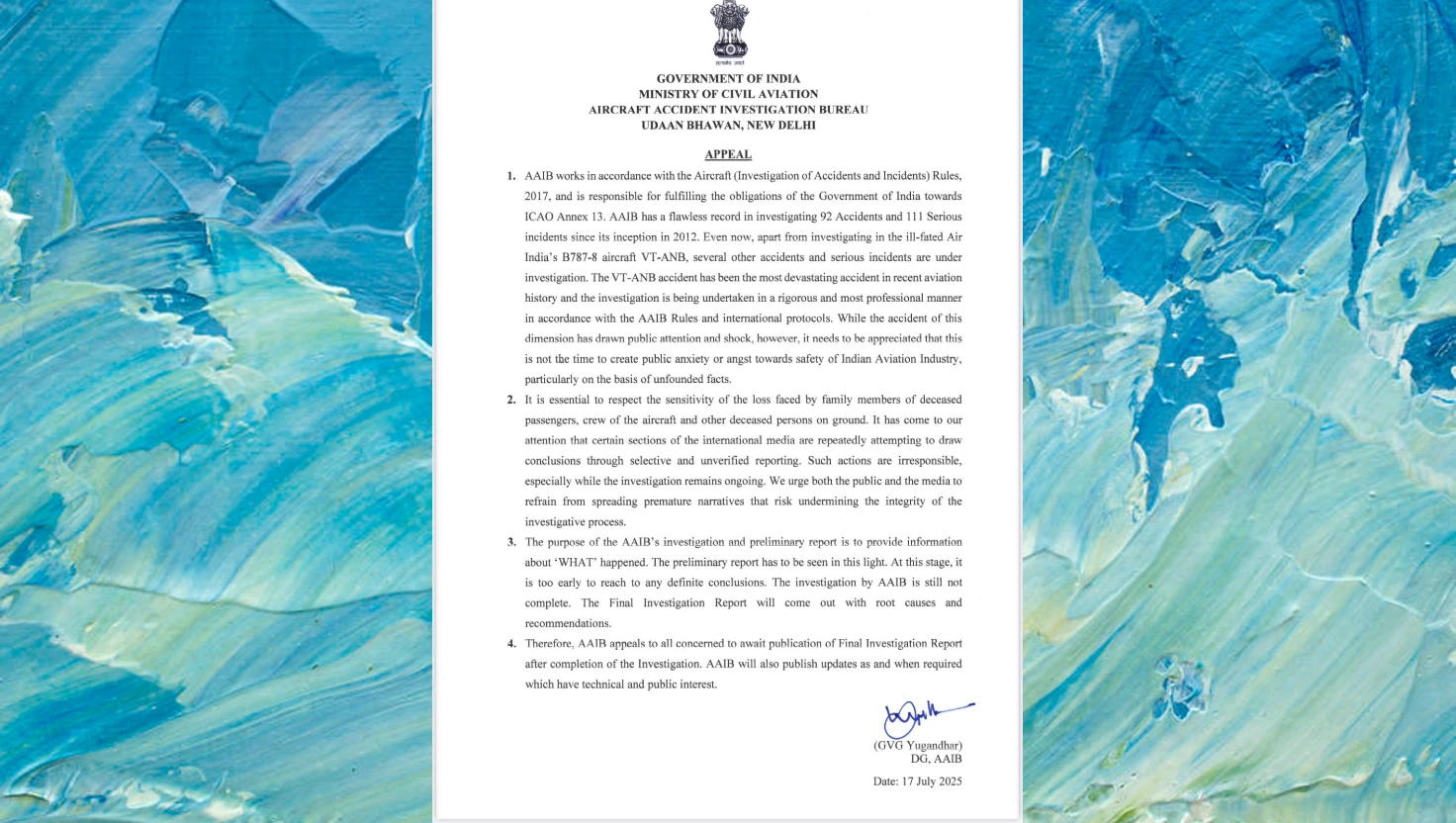Rupee Rises Against US Dollar Amid Weak Greenback and Oil Prices

The Indian rupee strengthened by 17 paise on Monday, closing at 85.40 against the US dollar, buoyed by a weakening dollar index and falling international crude oil prices.
The Indian rupee appreciated by 17 paise to 85.40 against the US dollar, supported by a weaker dollar index and falling crude oil prices.
The Indian rupee strengthened by 17 paise on Monday, closing at 85.40 against the US dollar, buoyed by a weakening dollar index and falling international crude oil prices.
According to data from the interbank foreign exchange market, the rupee opened at 85.43 and traded in a range between 85.35 and 85.61 before settling at 85.40. The gain followed Friday’s marginal loss, when the currency had closed 3 paise lower at 85.57.
Weaker Dollar and Oil Prices Support Rupee
The appreciation of the rupee came amid a broad decline in the US dollar, after global rating agency Moody's downgraded the United States’ long-term credit rating from AAA to AA1. The downgrade triggered caution among investors and contributed to the dollar index slipping by 0.86 per cent to 100.22.
Anuj Choudhary, a research analyst at Mirae Asset Sharekhan, said the rupee was likely to remain supported in the short term. “We expect the rupee to trade with a positive bias amid persistent weakness in the US dollar index and a weak tone in global crude oil prices,” he said. However, he also noted that subdued domestic equities may limit further gains.
The benchmark Brent crude oil price fell by 0.78 per cent to $64.90 per barrel in futures trading. A lower crude price is typically favourable for oil-importing countries like India, as it helps ease the country’s import bill and limits demand for the US dollar in the energy sector.
Equity Market and Investor Activity
In the domestic equity markets, the Bombay Stock Exchange’s benchmark Sensex index fell by 271.17 points, or 0.33 per cent, to close at 82,059.42. The broader Nifty 50 index also declined, losing 75.35 points, or 0.30 per cent, to settle at 24,944.45.
Despite the fall in equity indices, foreign institutional investors (FIIs) showed continued interest, purchasing equities worth ₹8,831.05 crore on a net basis on Friday, according to data from Indian stock exchanges.
Forex Reserves Rebound
India’s foreign exchange reserves rose significantly during the week ending 9 May. According to the Reserve Bank of India (RBI), total reserves increased by $4.553 billion, reaching $690.617 billion. This followed a drop of $2.065 billion in the previous week. The rise was largely attributed to an increase in the value of gold assets held by the central bank.
India's forex reserves had previously touched a record high of $704.885 billion at the end of September 2024.
Economic Outlook Remains Mixed
Although the rupee has shown strength in the face of recent global market movements, challenges persist. The fall in oil prices may provide temporary relief, but India's status as one of the largest crude importers means any uptick in oil demand or price could quickly reverse gains.
Additionally, the downgrade of the US credit rating has increased volatility in global financial markets, which could have downstream effects on emerging markets, including India. With the dollar expected to remain under pressure, analysts expect the USD-INR pair to trade in the range of 85.10 to 85.65 in the near term.
The performance of domestic equities and incoming macroeconomic data will also play a crucial role in determining the rupee’s trajectory over the coming weeks.
India’s Trade and Currency Dynamics
India imports more than 80 per cent of its crude oil requirement, making its currency highly sensitive to fluctuations in global oil prices. A weaker dollar can ease external payment pressures for oil and commodity imports. However, India’s trade deficit and inflationary concerns may continue to exert pressure on the rupee.
The country’s strong forex reserves, however, provide a cushion against external shocks, enabling the central bank to intervene when needed to stabilise the currency. As of early May, the Reserve Bank of India has maintained a cautious approach in managing liquidity and inflation, keeping a close watch on both global and domestic developments.

Reliance Retail acquires Kelvinator, The Coolest One
Reliance Retail has purchased the Kelvinator brand from Electrolux for nearly ₹160 crore, aiming to strengthen its position in India's consumer durables market.
| 2025-07-19

Saiyyara has shattered every myth about launching newcomers. No big names, no big PR
Madhur Bhandarkar praises debut film 'Saiyaara' for its raw talent and storytelling, marking a shift in Bollywood's approach to newcomers.
| 2025-07-19

India slams reports blaming pilots for Air India crash
India's AAIB disputes US media assertions regarding Air India AI 171 crash, highlighting ongoing investigation and sensitivity towards victims' families.
| 2025-07-18

India Secures Four-Wicket Win in ODI Series Opener Against England
India achieves a four-wicket victory over England in the ODI series opener, led by Deepti Sharma's unbeaten 62 runs.
| 2025-07-17

Air India inspection claims no problems found with Boeing 787 fuel control switches
Air India has conducted thorough inspections of its Boeing 787 fuel control switches, reporting no problems following a DGCA directive.
| 2025-07-17




